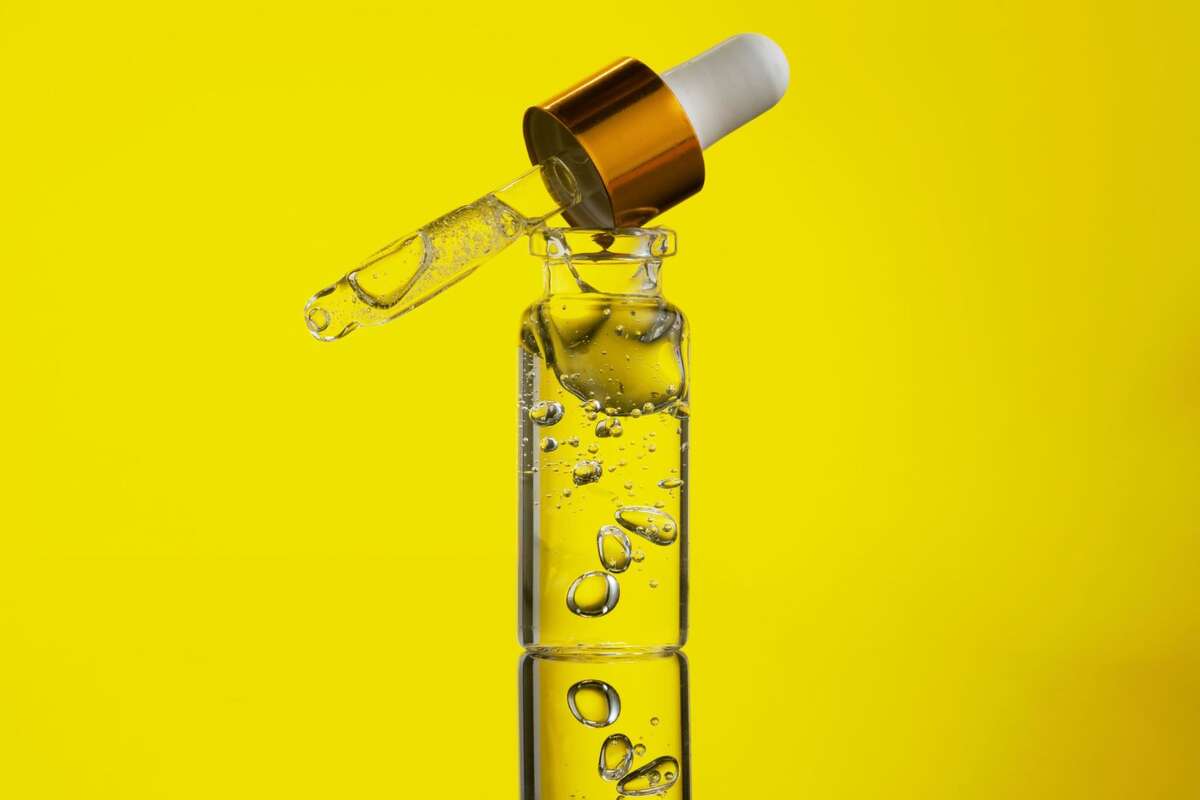Yesterday I posted a story outlining the issues related to ensuring there is a sufficient supply of lithium to achieve our climate goals. The challenge is the myriad headwinds that exist in mining lithium. But help may be on the way. And it may come from an unlikely source: Big Oil.
In the past, oil drillers have disposed of the oil brine created when drilling for oil. They simply pump it back into the ground. But with the rising need for lithium – which is present in that brine – the oil industry is looking at how they can monetize what was previously considered waste.
Recently, Exxon Mobil’s CEO Darren Woods told analysts that the company can produce lithium “at a much lower cost” than traditional mining. And Chevron indicated that extracting the lithium from brine fits within the companies “core competencies.”
So how quickly can oil companies start extracting lithium?
Unfortunately, the technology needed – direct lithium extraction or DLE – is in its early stages.
Today it takes about 18-months to evaporate the brine to extract the lithium. Pretty simple, but it’s an inefficient process. Worse yet, it requires lots of land. DLE is intended to overcome those obstacles by using a chemical process to separate the lithium.
Currently, 90% of the lithium supply is mined from rock. Oddly though, the majority of the world’s lithium reserves are not found in rock, but in brine. So you can bet money will become increasingly available, some of which will come from oil companies.
To a degree, DLE is being used in Argentina and China. In the U.S., Bay Area-based Lilac Solutions hopes to deploy its first commercial-scale module before the end of 2024. Lilac is backed by BMW and the Bill Gates-funded Breakthrough Energy Ventures.
According to Benchmark Mineral Intelligence, DLE Lithium production is projected to grow from about 54,000 metric tons today to 647,000 metric tons by 2032. Let’s hope so, because mining it from rock isn’t going to get it done.









